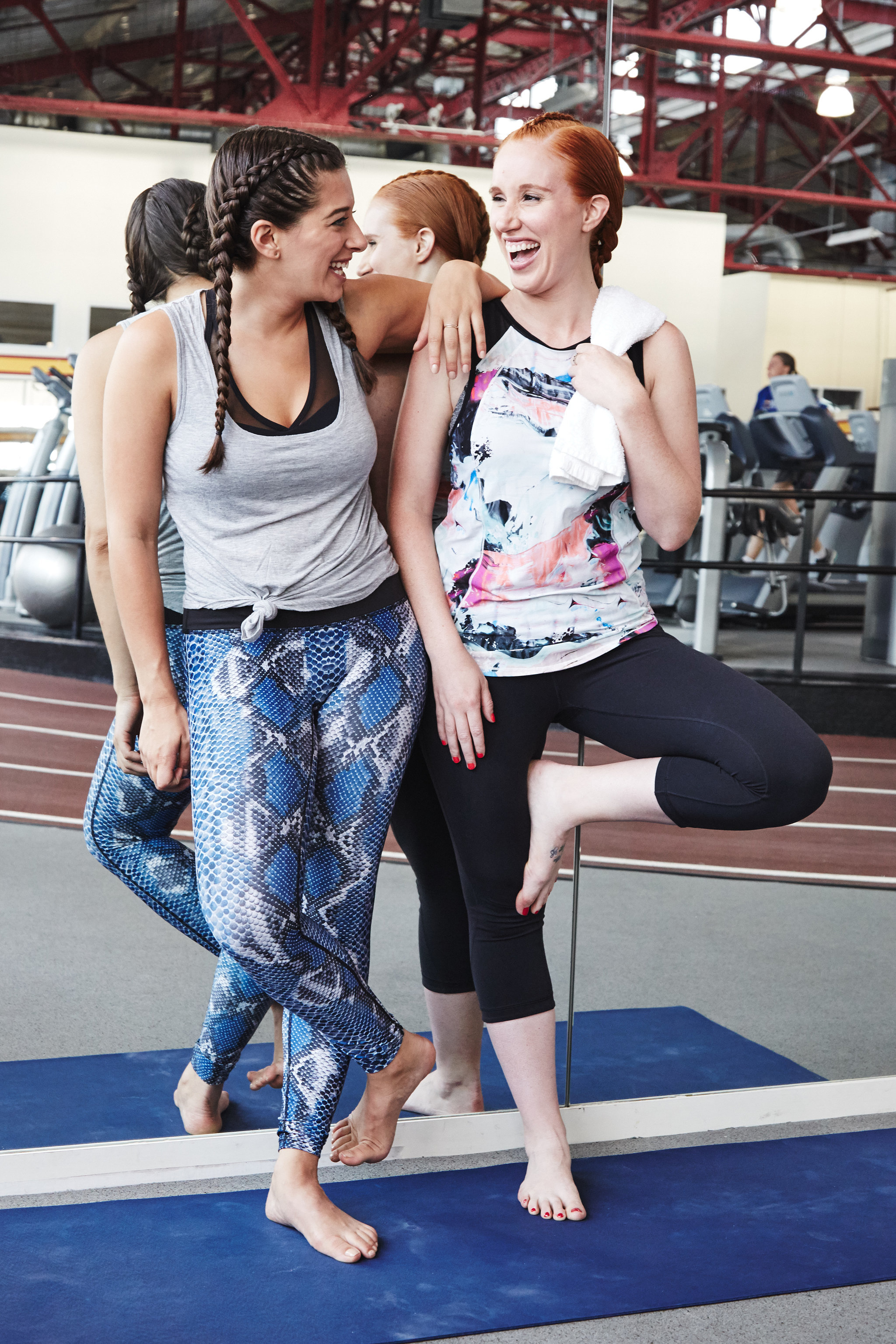Fizzy drink companies should put child-friendly labels on the front of their products spelling out the sugar content in teaspoons, in a bid to beat tooth decay and child obesity, councils say. The Local Government Association (LGA), which represents more than 370 councils – with responsibility for public health – says many youngsters and parents are unaware of the high level of sugar in fizzy drinks. The call, which comes ahead of the Government’s forthcoming child obesity strategy, follows research that shows some energy and sports drinks have 20 teaspoons of sugar in a 500 ml can – more than…
Fizzy drink companies should put child-friendly labels on the front of their products spelling out the sugar content in teaspoons, in a bid to beat tooth decay and child obesity, councils say.
The Local Government Association (LGA), which represents more than 370 councils – with responsibility for public health – says many youngsters and parents are unaware of the high level of sugar in fizzy drinks.
The call, which comes ahead of the Government’s forthcoming child obesity strategy, follows research that shows some energy and sports drinks have 20 teaspoons of sugar in a 500 ml can – more than three times the daily allowance for adults – while some popular juices and soft drinks contain between five and 15g of sugar per 100ml. A typical can of fizzy drink has around nine teaspoons of sugar.
As well as being a key driver behind obesity, sugar is also a major cause of tooth decay, with a recent survey finding that 12 per cent of three-year-olds in England suffered from poor dental hygiene.
Tooth decay was the most common reason for hospital admissions in children aged five to nine in 2012/13. Damning figures also reveal that in the same year, more than 60,000 children under 19 were admitted to hospital for removal of decayed teeth – half of which were aged nine or under.
Treating obesity and the effects of oral diseases costs the NHS a combined £8.4 billion a year in England.
With research showing it takes an average of just 15 seconds for shoppers to decide on an item, the LGA is calling for prominent and clearer labels on the front of fizzy drinks – spelling out the sugar content in teaspoons so that all shoppers can see it instantly.
Youngsters in the UK are the biggest soft drinkers in Europe – with 40 per cent of 11 to 15-year-olds drinking sugary drinks at least once a day. Poland is the second highest at 27 per cent, and Germany third with 18.5 per cent.
Under-10s get almost a fifth of their sugar intake from soft drinks and for 11 to 18-year-olds, that figure is nearly a third.
Better labelling of sugar quantities will raise awareness in children of sugar levels, and ensure people are as informed as possible to help them make healthier choices.
Unless radical action is taken now to tackle obesity, councils are warning that the next 20 years will see the number of obese adults in the country soar by a staggering 73 per cent to 26 million people.
Cllr Izzi Seccombe, LGA Community Wellbeing spokesperson:
“While we acknowledge that many soft drinks manufacturers are heading in the right direction with sugar reduction, the industry as whole needs to go further, faster and show leadership on the issue.
“In many cases, parents and children are unaware of exactly how much sugar these fizzy drinks contain, which is why we are calling on manufacturers to provide clearer, front-of-product labelling that shows how much sugar soft drinks have in teaspoons.
“On average it takes just 15 seconds for shoppers to decide on an item, so we need to have a labelling system which provides an instant at-a-glance understanding of sugar content.
“Raising awareness of sugar quantities and giving families a more informed choice is crucial if we are to make a breakthrough in the fight against tooth decay and obesity.”
Source: Fizzy drinks need child-friendly 'teaspoon labels' to spell out sugar content, say UK councils : Medical News Today



